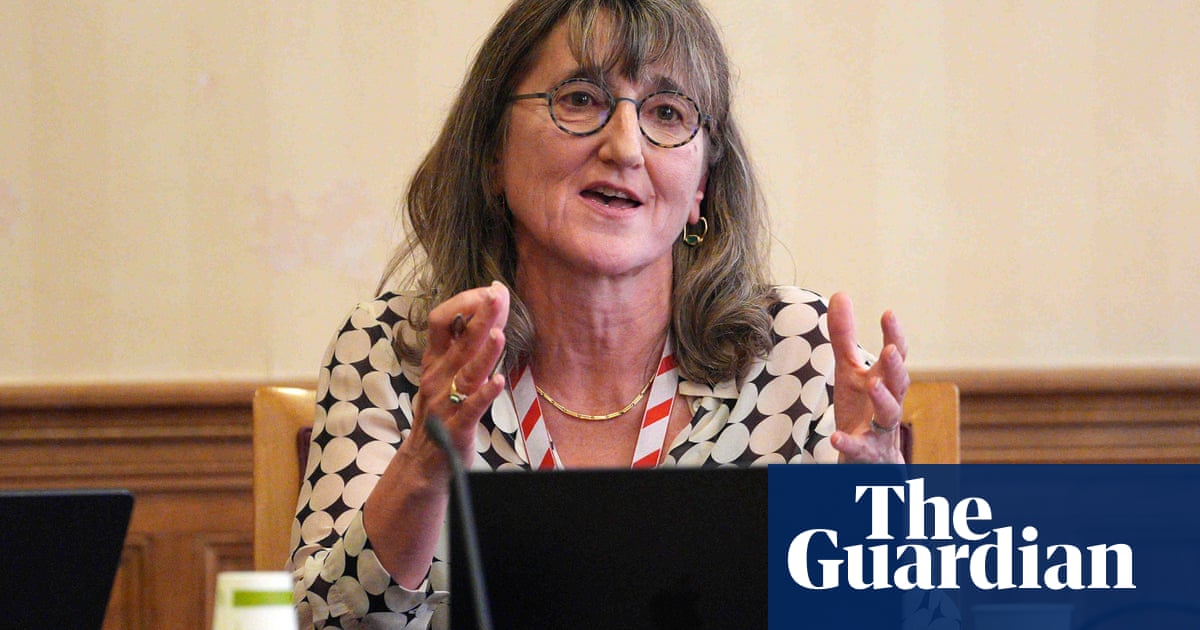Life expectancy improvement is stalling across Europe with England experiencing the biggest slowdown. Experts are blaming this on an alarming mix of poor diet, mass inactivity and soaring obesity.
The average annual growth in life expectancy across the continent fell from 0.23 years between 1990 and 2011 to 0.15 years between 2011 and 2019, according to research published in the Lancet Public Health journal. Of the 20 countries studied, every one apart from Norway saw life expectancy growth fall.
England suffered the largest decline in life expectancy improvement, with a fall in average annual improvement of 0.18 years, from 0.25 between 1990 and 2011 to 0.07 between 2011 and 2019.
The second slowdown of life expectancy growth in Europe was in Northern Ireland (reducing by 0.16 years), followed by Wales and Scotland (both falling by 0.15 years).
Sarah Price, NHS England’s director of public health, said: “This important study reinforces that prevention is the cornerstone of a healthier society, and is exactly why it will be such a key part of the 10-year health plan which we are working with [the] government on.
“The slowdown in life expectancy improvements, particularly due to cardiovascular disease and cancer, highlights the urgent need for stronger action on the root causes – poor diet, physical inactivity, and obesity.”
The NHS helped hundreds of thousands of people lose weight through its 12-week digital weight management programme, Price said. “However, more action is needed across society because we cannot treat our way out of the obesity crisis, and we need to stem it at source.”
The study, led by the University of East Anglia, examined changes in life expectancy in 20 European countries from 1990 to 2021.
During the Covid pandemic between 2019 and 2021, all countries except Ireland, Iceland, Sweden, Norway, Denmark and Belgium experienced a decline in life expectancy, with Greece and England experiencing the largest falls.
Life expectancy growth from 1990 to 2011 were attributable to improvements in countries tackling the risk factors for heart disease and cancer.
However, deaths due to heart disease were a key driver of the slowdown in life expectancy growth from 2011 to 2019, coinciding with increasing BMI levels and high exposure to poor diets and low physical activity.
The countries that best maintained gains in life expectancy after 2011, namely Norway, Iceland, Sweden, Denmark and Belgium, maintained or boosted life expectancy even during the pandemic.
Researchers said that the countries which “best maintained” improvements in life expectancy had fewer heart disease and cancer deaths.
They said the findings highlighted the need for stronger government policies to tackle obesity and increase physical activity levels.
Lead researcher Prof Nicholas Steel, from UEA’s Norwich Medical School, said: “Advances in public health and medicine in the 20th century meant that life expectancy in Europe improved year after year, but this is no longer the case.
“We found that deaths from cardiovascular diseases were the primary driver of the reduction in life expectancy improvements between 2011-19. Unsurprisingly, the Covid pandemic was responsible for decreases in life expectancy seen between 2019-21.”
after newsletter promotion
He added: “Countries like Norway, Iceland, Sweden, Denmark, and Belgium held on to better life expectancy after 2011, and saw reduced harms from major risks for heart disease, helped by government policies.
“In contrast, England and the other UK nations fared worst after 2011 and also during the Covid pandemic, and experienced some of the highest risks for heart disease and cancer, including poor diets.”
Asked about England specifically, he said: “We’re not doing so well with heart disease and cancer.
“We have high dietary risks in England and high levels of physical inactivity and high obesity levels. These trends are decades long – there isn’t a quick fix.
“This is about the big, long-term population protections from risk – so engaging with the food industry to improve our national diet to make it easier for people to eat healthier food and make it easier for people to move a little bit in our day-to-day lives.”
However, Steel said Europe had “not yet reached a natural longevity ceiling”.
“Life expectancy for older people in many countries is still improving, showing that we have not yet reached a natural longevity ceiling. Life expectancy mainly reflects mortality at younger ages, where we have lots of scope for reducing harmful risks and preventing early deaths.”
The Department of Health and Social Care said it had inherited a broken NHS, with underfunded, under-resourced public health services, but added that it was committed “to ensuring people live well for longer”.
Its upcoming 10-year health plan would “shift the focus of healthcare from sickness to prevention”, a spokesperson said.

.png) 2 months ago
27
2 months ago
27













































